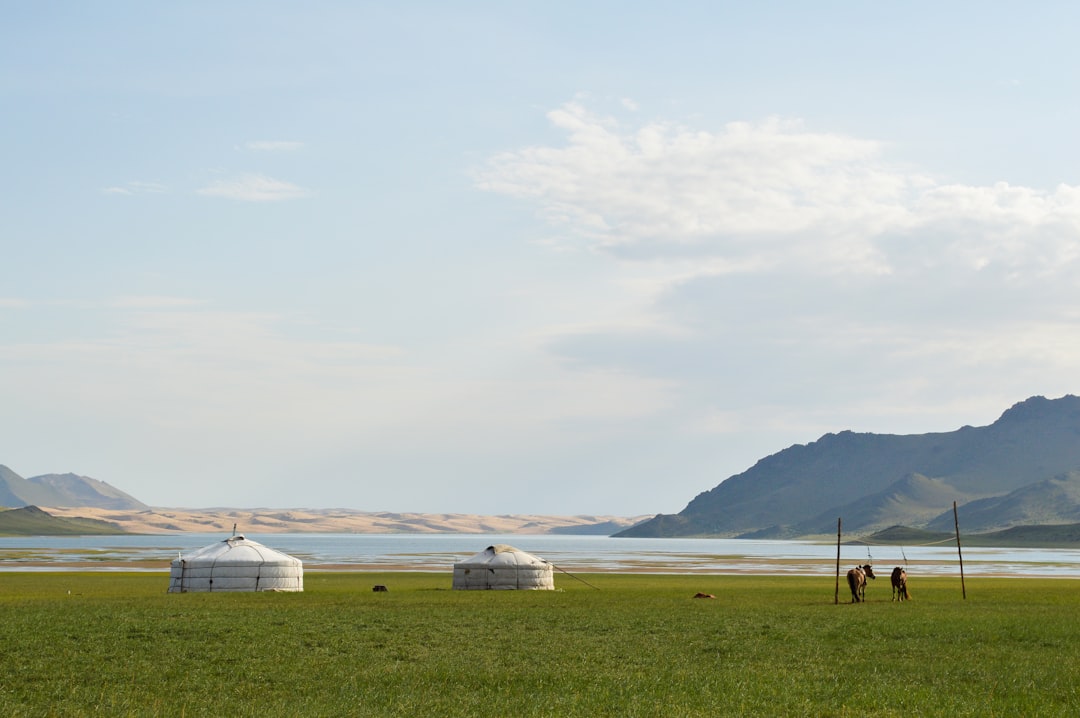What is it about?
The diet of A. pisonii was studied in a mangrove gradient of structural development (arboreal, arbustive, scrub) The gut contents were analysed, yielding a total of 12 prey categories. The diet of A. pisonii was based on mangrove fragments (leaves and bark) but other items supplemented the diet: seagrass, algae, insects and crustaceans. The index of relative importance (IRI) of mangrove fragments varied between 58% and 96%.The variety of resources consumed by A. pisonii was related to the mangrove structure and varied with the season. During the rainy period food diversity in the gut content increased, as mangrove heterogeneity and complexity increased, but during the dry season the trend was reversed. Aratus pisonii appears to enhance an opportunistic feeding behaviour when leaf quality decreases, which occurs during the dry season mainly in the hypersaline mangroves with less structural development (arbustive and scrub). During the drought the IRI of the items of animal origin increased in all the localities; this could be a response to the nutritional needs of the crabs during this season.
Featured Image

Photo by Timothy K on Unsplash
Why is it important?
In this work, we report the first documented egg consumption of its conspecifics, which supports the idea of cannibalistic behaviour associated mainly with crabs that live in the hypersaline and scrub mangrove with the lowest structural development and leaf quality. And this reinforces the idea that the feeding behavior of the mangrove crab is that of an opportunistic omnivore
Perspectives
This article continues to add evidence in the study of the ecology of the mangrove crab in the mangroves of Venezuela that began in the 1970s.
Beatriz López Sánchez
Instituto Venezolano de Investigaciones Científicas
Read the Original
This page is a summary of: Dietary variation in the crab Aratus pisonii (H. Milne Edwards, 1837) (Decapoda, Sesarmidae) in a mangrove gradient in northwestern Venezuela, Crustaceana, January 2013, Brill,
DOI: 10.1163/15685403-00003220.
You can read the full text:
Contributors
The following have contributed to this page










